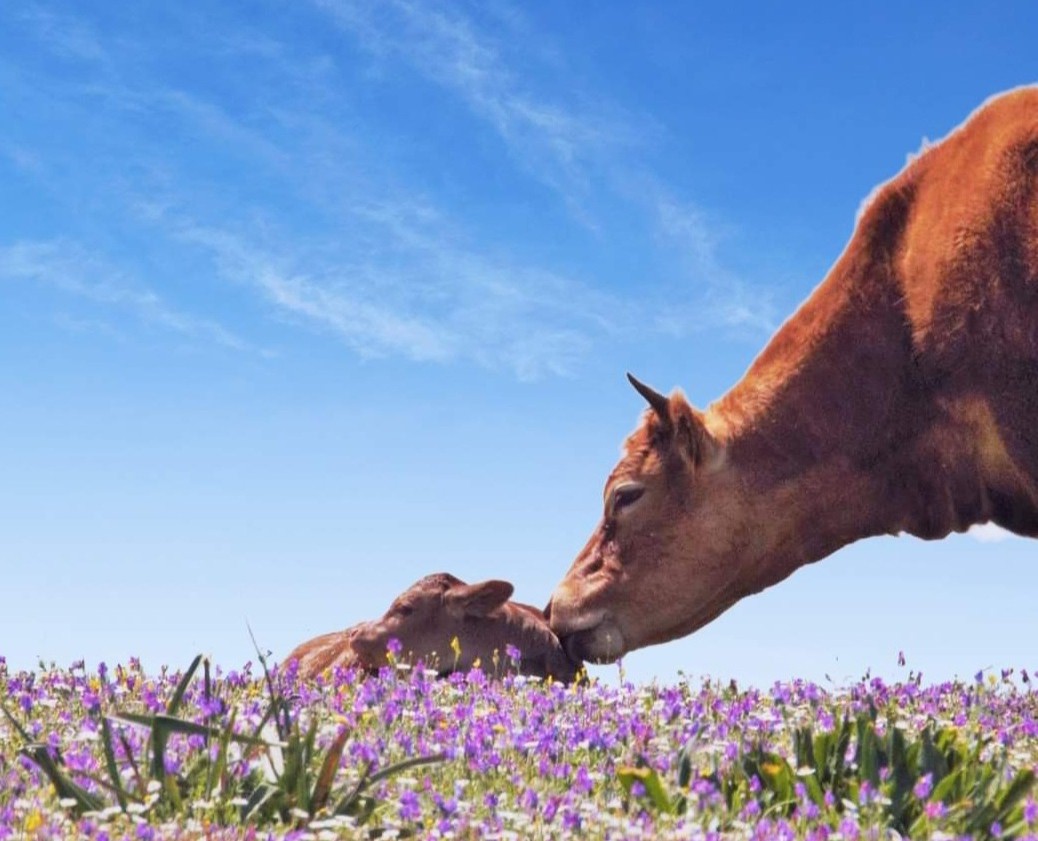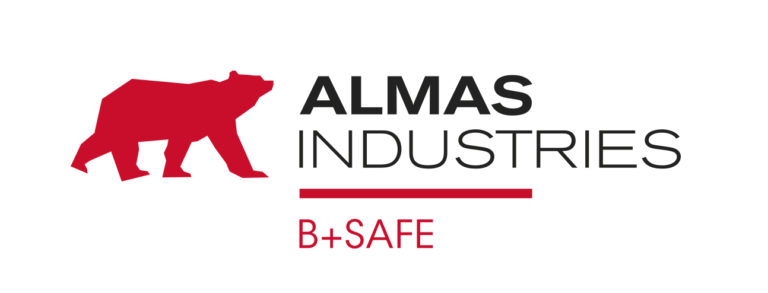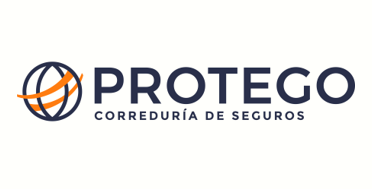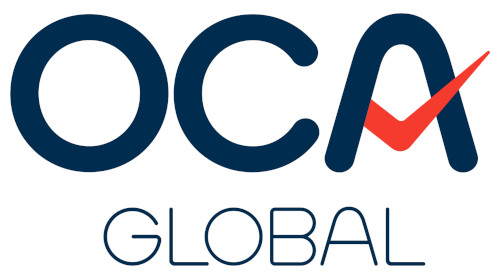Spanish beef production has increased by 2.6% in the last year, rising from 695,000 tons in 2023 to more than 713,000 tons in 2024. Its value rose to €4.641 billion in 2024 (+15% vs. 2023), representing 17% of Final Livestock Production. However, the animal population continues to decline both in Spain and in Europe.

More than 120,000 fewer animals
According to Eurostat data, comparing January 2024 with January 2025, there has been a decrease of 121,000 total cattle in Spain, of which 95,000 are suckler cows and 19,000 are dairy cows. In the case of suckler cows, this reduction in herd numbers is explained by two consecutive years of drought (2002 and 2023), the incidence of Epizootic Hemorrhagic Disease (EHD) since the fall of 2023 and its subsequent consequences, and the slaughter of cows supported by their good market price. Despite all this, Spain has suffered a smaller percentage reduction in herd numbers than other major EU producers.
This figure worsens when analyzed at the European level, with a reduction in the number of cattle of nearly 1.7 million head, representing a 2.3% drop compared to the previous year, but a 5% drop compared to 2021. In the case of total EU cow numbers, the reduction was 1,763,000 cows in the 2021-2024 period, and specifically 1 million cows in the last year alone.
Despite the decline in animal numbers, net beef production increased in Spain last year due to a decrease in live animal exports to third countries (-13%).
Foreign Trade
The total amount of beef exported (including fresh and frozen meat, offal products, fat, and other meats) amounted to 271,652 tons, practically in line with the previous year’s figures.
The majority of these total Spanish beef exports were destined for the European market, led by Portugal (76,304 tons), Italy (41,815 tons), and France (40,574 tons).
Fresh meat exports increased by 8% in 2024 to 195,402 tons. Among the destinations, apart from the traditional markets (Portugal, Italy, and France), Algeria stands out, absorbing 26,514 tons in less than a year. This has led our country to double its exports to third countries, totaling 52,196 tons.
The increase in fresh meat exports was offset by a decrease in the export of offal products, evidence of the growing market interest in these traditional products in Spanish cuisine.
Regarding the value of these exports, fresh meat has once again increased the most in the last year, rising from €1.012 billion in 2023 to €1.170 billion in 2024. Overall, total meat exports amounted to €1.507 billion in 2024, compared to €1.381 billion the previous year.
Regarding imports, a total of nearly 190,500 tons were imported in 2024 (about 30,000 tons more than the previous year) for a total value of €1.171 billion, mainly from Poland, the Netherlands, and Germany, with Brazil being the leading supplier on the list of third countries. There has been a notable increase in fresh meat imports once again, both in volume, which has increased from 96,192 tons in 2023 to 114,326 tons in 2024, and in value, from €736 million in 2023 to €870 million in 2024.
Rising Prices and Consumption
Producer prices are the highest in the history of this sector, with an average price in 2024 for AR3 yearlings (medium conformation and fatness) of €542/100 kg, compared to the average of €518/100 kg the previous year. It is worth noting that, so far in 2025 (the first 12 weeks), the average price for the same category is €657/100 kg.
Despite the price trend, household consumption has seen a slight increase in 2024, rising from 3.89 to 3.92 kg/capita.
















